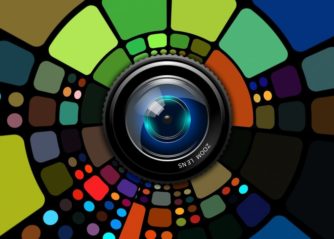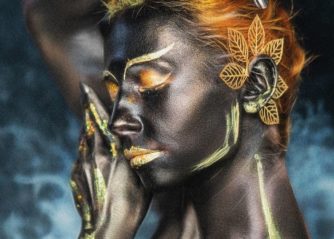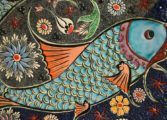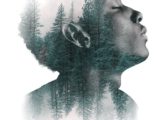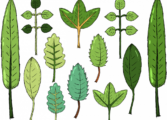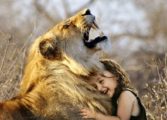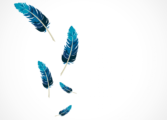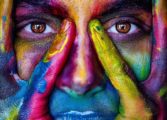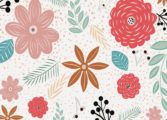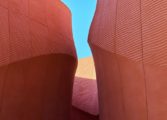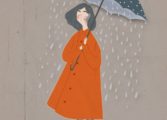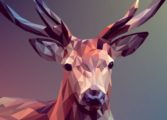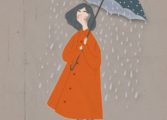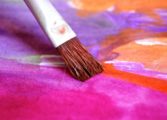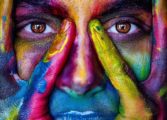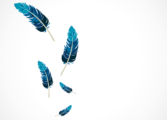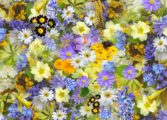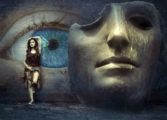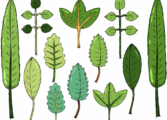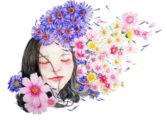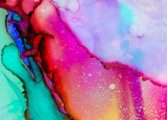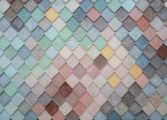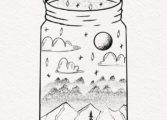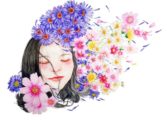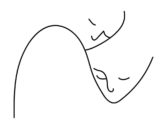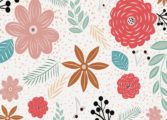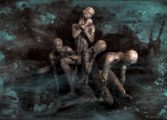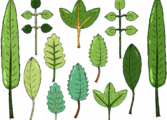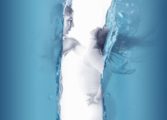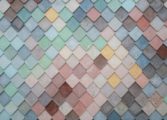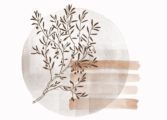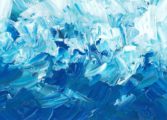Fashion Illustration: A Comprehensive Guide to the Artform
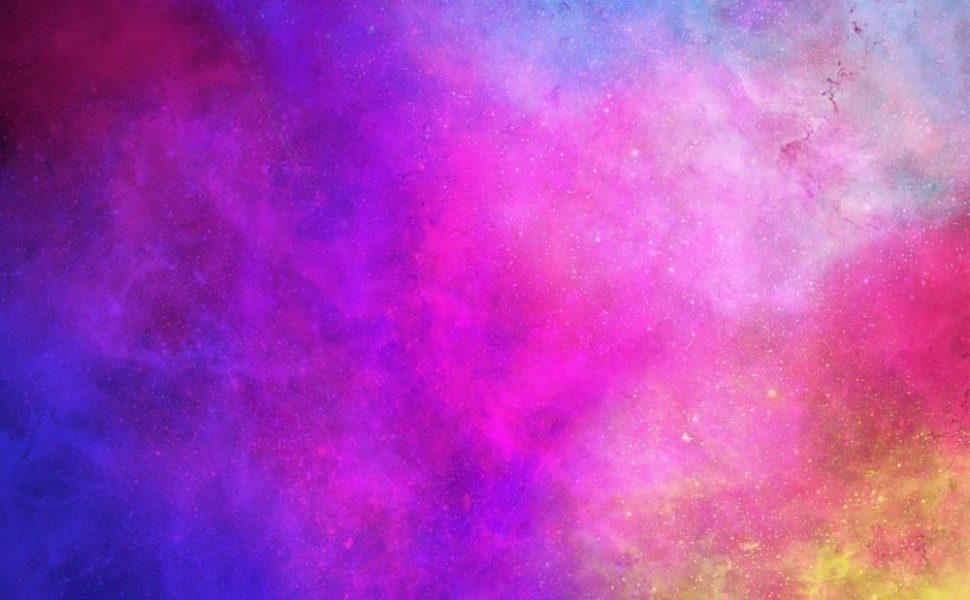
Fashion Illustration – A Fusion of Art and Creativity
Introduction:
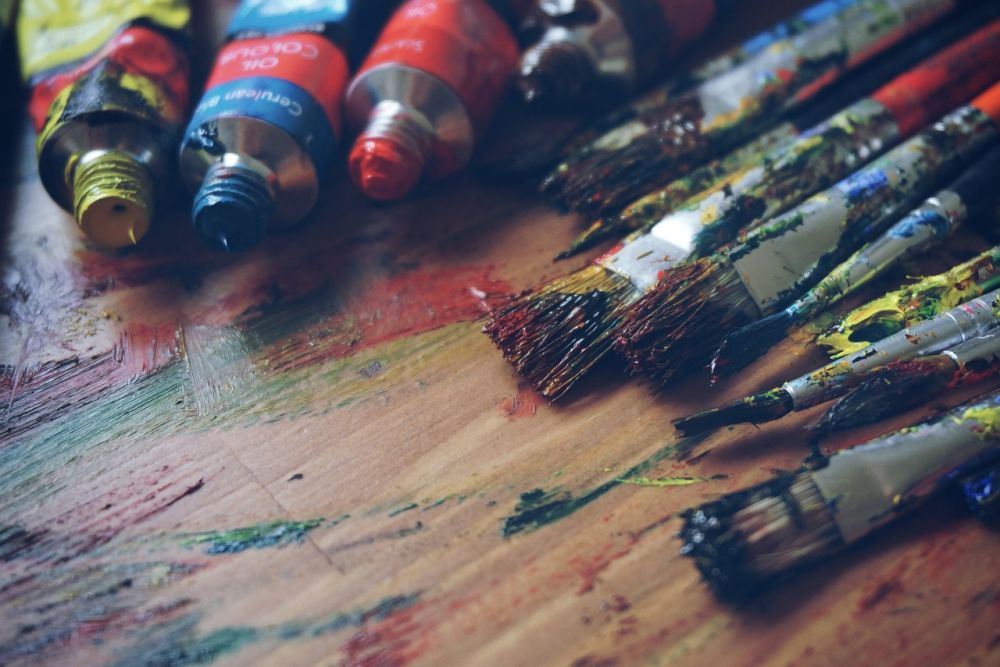
Fashion illustration is a captivating art form that beautifully combines the world of fashion and artistic expression. It has been a staple in the industry for centuries, capturing the essence of clothing and creating visually stunning representations of fashion designs. In this article, we will delve into the world of fashion illustration, exploring its various types, its popularity, the quantitative measurements associated with it, as well as the differences and historical significance of different styles.
Understanding Fashion Illustration
Fashion illustration is the art of visually representing clothing, accessories, and fashion designs through drawings or paintings. It serves as a way to communicate and showcase fashion concepts, ideas, and trends. Fashion illustrators often use various mediums such as watercolors, markers, pencils, and computer software to create their artworks.
Types of Fashion Illustration
There are several types of fashion illustration, each with its unique characteristics and style. Here are some popular types:
1. Traditional Fashion Illustration:
This style emphasizes hand-drawn techniques, using pencils, markers, and watercolors. It involves capturing the intricate details of garments, textiles, and accessories, showcasing the fabric’s texture and movement.
2. Digital Fashion Illustration:
With the advancement of technology, digital fashion illustration has gained immense popularity. This method involves using computer software, such as Adobe Illustrator or Procreate, to create digital drawings. It offers endless possibilities for experimentation and enables artists to achieve precise and vibrant illustrations.
3. Fashion Sketching:
Fashion sketching is a simplified form of fashion illustration, focusing on quick and loose outlines. It aims to capture the essence of a design concept and convey the general proportions and silhouettes of garments.
Quantitative Measurements in Fashion Illustration
Fashion illustration incorporates quantitative measurements to ensure accuracy and standardization in the representation of fashion designs. Measurements such as length, width, and proportions play a vital role in creating realistic depictions of garments.
Additionally, in the digital realm, designers can utilize CAD (Computer-Aided Design) programs that allow for precise measurements and scaling. These software tools assist in creating technical drawings, technical flats, and fashion patterns.
The Diverse World of Fashion Illustration
Fashion illustration is a diverse art form, characterized by a range of styles, techniques, and artistic visions. These differences stem from the individuality of artists, their inspirations, cultural influences, and even the era in which they create. Here are some examples of how fashion illustration can differ:
1. Realistic Vs. Abstract:
While some fashion illustrators prefer a hyper-realistic approach, capturing every intricate detail, others embrace abstract interpretations, focusing on mood, movement, and expression.
2. Classic Vs. Avant-Garde:
Fashion illustration can also vary in terms of its aesthetic direction. Some artists are known for their classic, elegant style, reminiscent of vintage fashion illustrations. On the other hand, others push boundaries with avant-garde and experimental designs that challenge traditional notions of fashion.
Historical Overview of Advantages and Disadvantages
Throughout history, different styles of fashion illustration have garnered both advantages and disadvantages. Let’s take a closer look at a few historical examples:
1. Advantages of Traditional Illustration:
Traditional fashion illustration allows artists to express their creativity through a more tactile medium. It enables them to showcase the nuances of fabric textures and produce unique, one-of-a-kind artworks.
2. Advantages of Digital Illustration:
Digital fashion illustration offers flexibility and efficiency. Artists can easily edit, manipulate, and experiment with different design elements, colors, and patterns. It also allows for easy reproduction and sharing of artwork on various platforms.
3. Disadvantages of Traditional Illustration:
One of the drawbacks of traditional fashion illustration is the time-consuming process. It often requires extensive practice and patience to achieve desired results. Additionally, traditional illustrations may not offer the same level of precision and neatness as digital counterparts.
4. Disadvantages of Digital Illustration:
While digital fashion illustration opens up new possibilities, some may argue that it lacks the tactile experience and organic feel of traditional mediums. It can also create a dependence on technology and may limit artistic expression for those unfamiliar with digital tools.
Conclusion:
Fashion illustration is an art form that has evolved and adapted alongside the fashion industry. From traditional hand-drawn techniques to digital advancements, it continues to captivate audiences with its creativity and visual storytelling. Whether it’s through realistic renderings or abstract interpretations, fashion illustration remains an integral part of fashion communication, bringing imagination to life on the canvas.
